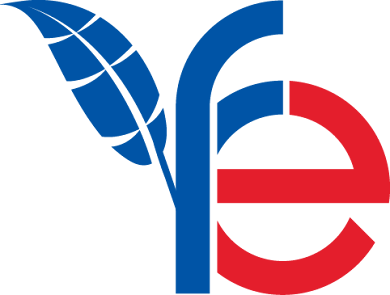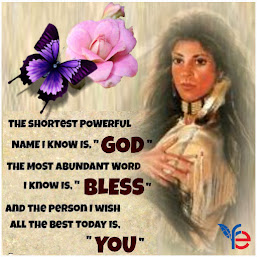In the Lakota creation story, beings emerged from the Wind Cave in South Dakota’s Black Hills—some in human form and some in buffalo form. There’s no difference between people and buffalo in this worldview.“We’re Lakota people and that means we’re buffalo people,” said Wizipan Little Elk, the CEO of the Rosebud Economic Development Corporation (REDCO), the economic arm of the Rosebud Sioux Tribe. “They’ve always taken care of us and we need to take care of them.”
And the Rosebud Sioux tribe will do just that with the commitment of 28,000 acres of native grassland for the creation of a new plains bison herd. With a capacity to support 1,500 animals, the Wolakota Buffalo Range will become North America’s largest Native American owned and managed bison herd.
The project is being advanced by a partnership between REDCO and WWF with support from Tribal Land Enterprise, the Rosebud Sioux Tribes land management corporation, and the U.S. Department of the Interior. Over the next five years, the Department of Interior will send hundreds of bison over to the newly created space from federally managed herds. The historic project will increase the overall number of Native American owned bison by an impressive 7% nationally.
“We see it as a point of pride,” Wizipan Little Elk said. “That we can have the largest native managed and owned buffalo herd. We can show that socially impactful, socially responsible business with multiple bottom lines can work and that it creates multiple positive impacts locally and globally.”
Over the past five years, WWF has invested more than $2.2 million in bison restoration efforts with indigenous communities in the Northern Great Plains. This new opportunity, which aligns strongly with Lakota foundational values and beliefs, will offer a model for cultural and ecological restoration efforts by Native American nations across the US.“This announcement matters for several reasons: it represents a homecoming for this iconic species, and it’s also a reunion with the communities who lived with them for centuries in a symbiotic relationship,” said Carter Roberts, president and CEO of WWF. “We are honored to be partners in this effort with the Rosebud Economic Development Corporation and the U.S. Department of the Interior, and we look forward to seeing the bison return to the Rosebud Reservation later this year.”
The first transfer of bison from the Department of Interior herds will take place in the fall.
Massive herds of bison once roamed all the Great Plains and much of North America. Unsustainable western expansion decimated those populations in a matter of decades, but now projects like this are helping to bring large herds back. WWF’s goal is to restore 5 herds of at least 1,000 bison each in the Northern Great Plains by 2025.
For Wizipan Little Elk, this is a return to history and tradition—not only in terms of buffalo, but in terms of Lakota values. Of perseverance and self-reliance. Of resiliency, community, and family. And the project meshes well with other new initiatives happening on this land. Next year, the first native language immersion school on Rosebud will open. Lakota immersion classrooms will get to visit the buffalo herd as part of their education—a meaningful interaction that will link their past and future.
“I think when we look out and see those buffalo and their hooves touch the land, it’s going to be relatable for everyone,” Wizipan Little Elk said. “Especially given our history.”





0 Comments